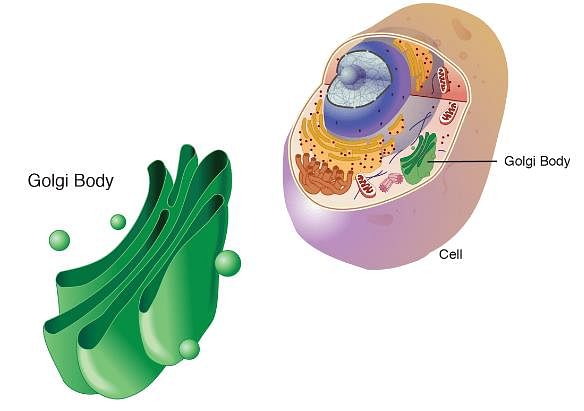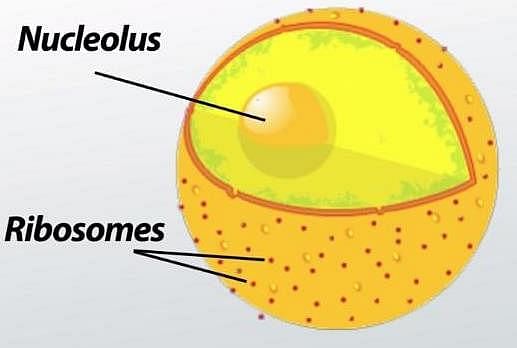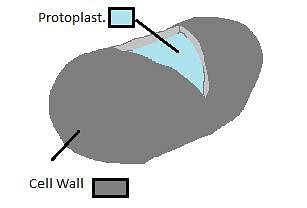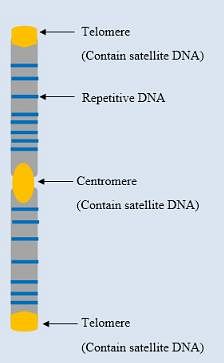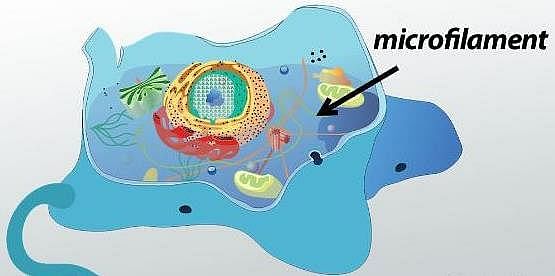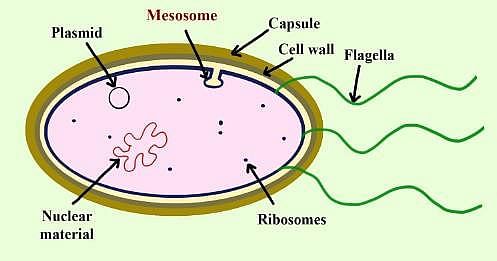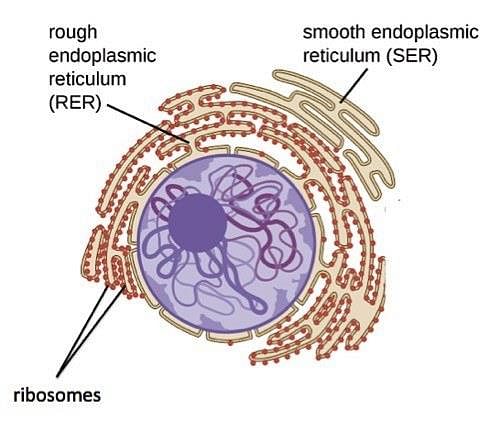31 Years NEET Previous Year Questions: Cell: The Unit of Life - NEET MCQ
25 Questions MCQ Test Biology Class 11 - 31 Years NEET Previous Year Questions: Cell: The Unit of Life
When the centromere is situated in the middle of two equal arms of chromosomes, the chromosome is referred as: (2021)
Which is the important site of formation of glycoproteins and glycolipids in eukaryotic cells? (2020)
| 1 Crore+ students have signed up on EduRev. Have you? Download the App |
Which of the following statements is not correct? (2019)
Which of the following is true for nucleolus? (2018)
Which of the following cell organelles is responsible for extracting energy from carbohydrates to form ATP? (2017)
Mitochondria and chloroplast are [2016]
(a) Semi-autonomous organelles
(b) Formed by division of pre-existing organelles and they contain DNA but lack protein synthesizing machinery
Which one of the following options is correct ?
Microtubules are the constituents of: [2016]
DNA is not present in : [2015 RS]
Nuclear envelope is a derivative of : [2015 RS]
Select the correct matching in the following pairs: [2015 RS]
Which of the following are not membrane bound? [2015 RS]
The function of the gap junction is to [2015 RS]
A protoplast is a cell : [2015 RS]
Cellular organelles with membranes are : [2015 RS]
Cell wall is absent in : [2015 RS]
Satellite DNA is important because it : [2015 RS]
The solid linear cytoskeletal elements having a diameter of 6 nm and made up of a single type of monomer are known as: [2014]
The osmotic expansion of a cell kept in water is chiefly regulated by: [2014]
Match the following and select the correct answer: [2014]


Which structures perform the function of mitochondria in bacteria? [2014]
Which one of the following is not an inclusion body found in prokaryotes ?
The term cell was given by
Which of the following statements is true for a secretory cell?
Match the columns and identify the correct option.


Which one of the following cell organelles is enclosed by a single membrane ?
|
182 videos|365 docs|153 tests
|


